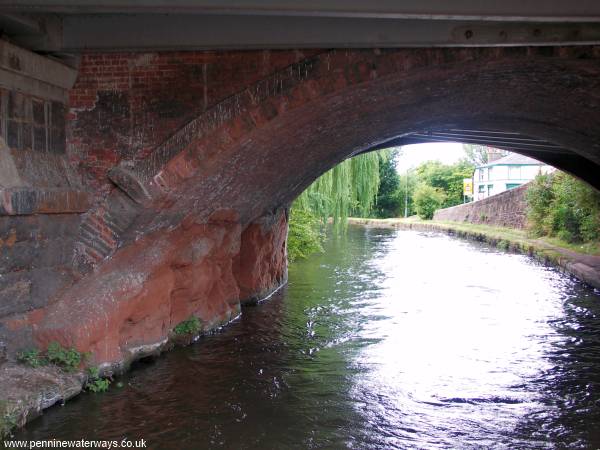
Delph Bridge was built directly onto the sandstone rock.
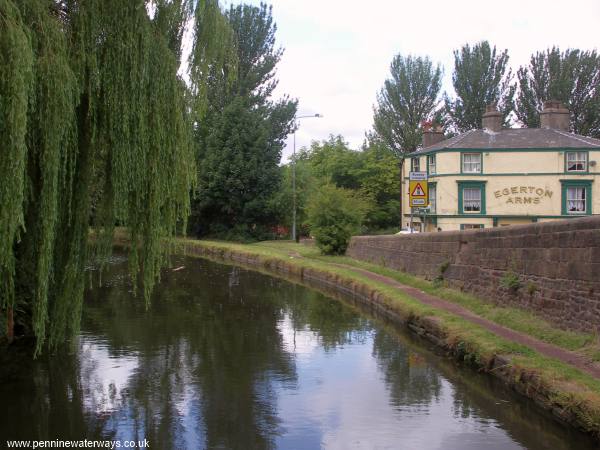
The Egerton Arms near Delph Bridge, named after the Duke of Bridgewater, Francis Egerton.

Bridgewater Motor Boat Club moorings on the Sprinch Arm, alongside which is a dry dock capable of taking three boats.
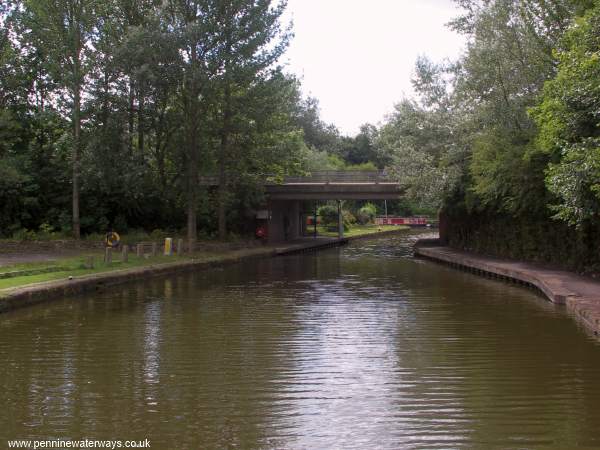
Leiria Way Bridge.
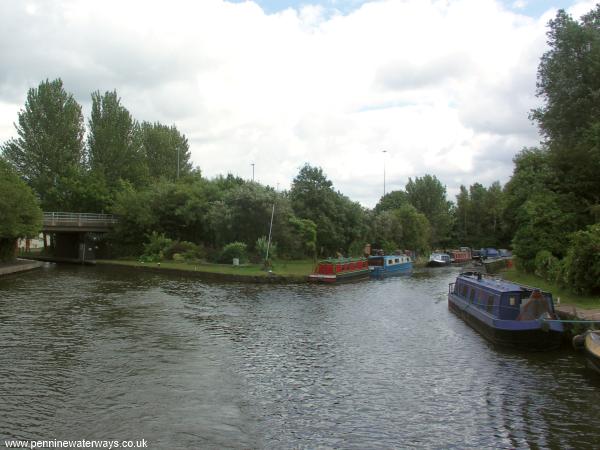
Looking back towards Leiria Way Bridge. The Victoria Arm (to the right) and the Sprinch Arm were part of the original course of the canal before a direct line cut the corner off in the 1890s.
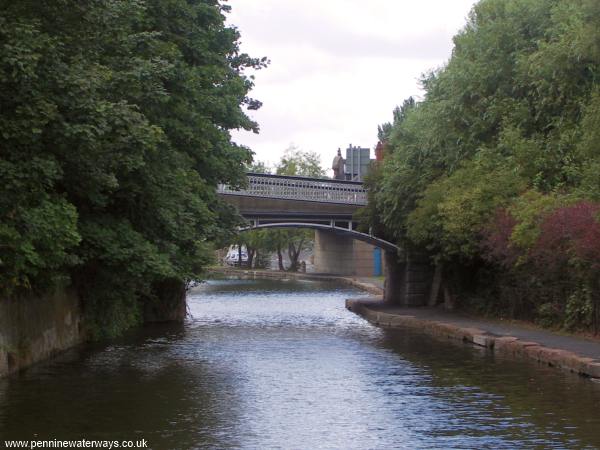
Doctor's Bridge. This was called Runcorn Bridge until the 1890s. Presumably the name was changed to avoid confusion with the nearby railway bridge of the same name crossing the Mersey.
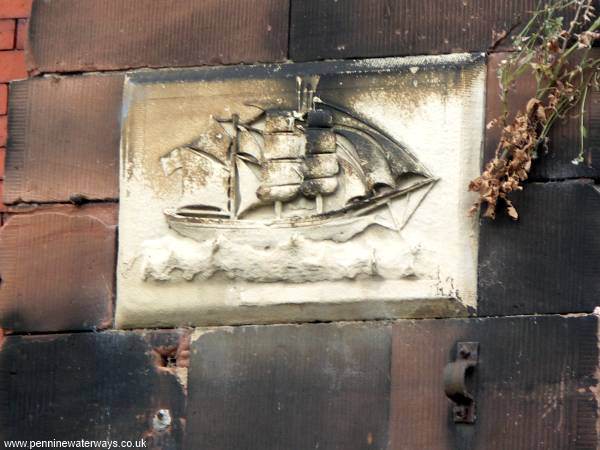
Carving of a ship on the abutment of Doctor's Bridge.
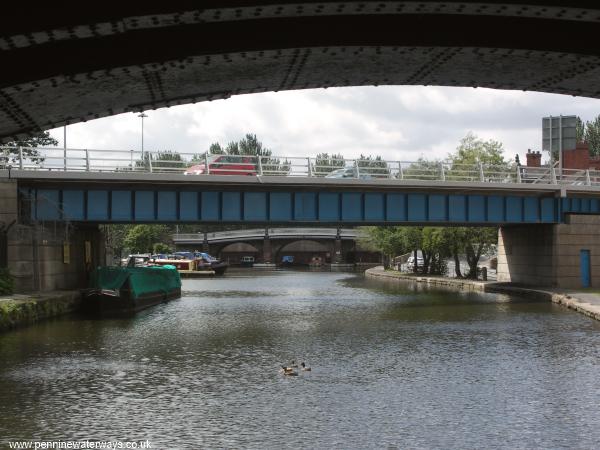
Waterloo Bridge seen from below Doctor's Bridge, with the Runcorn-Widnes Bridge Approach in between.
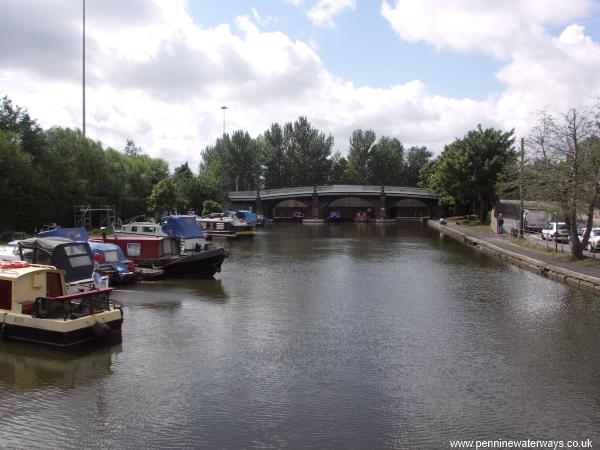
Waterloo Bridge with Bridgewater Motor Boat Club moorings on the left.
The canal now terminates here, at Waterloo Bridge. Before the approach road for the Runcorn-Widnes Bridge was built, two of the arches led to lock flights down to the Manchester Ship Canal and the River Mersey.
Take a look at the course of the original Runcorn Locks.
Continue to course of original Runcorn Locks
Back to virtual cruise from Preston Brook to Preston Brook Tunnel.